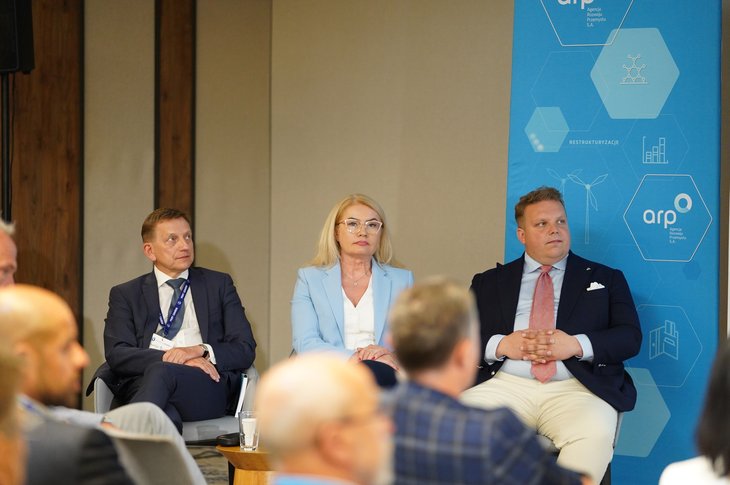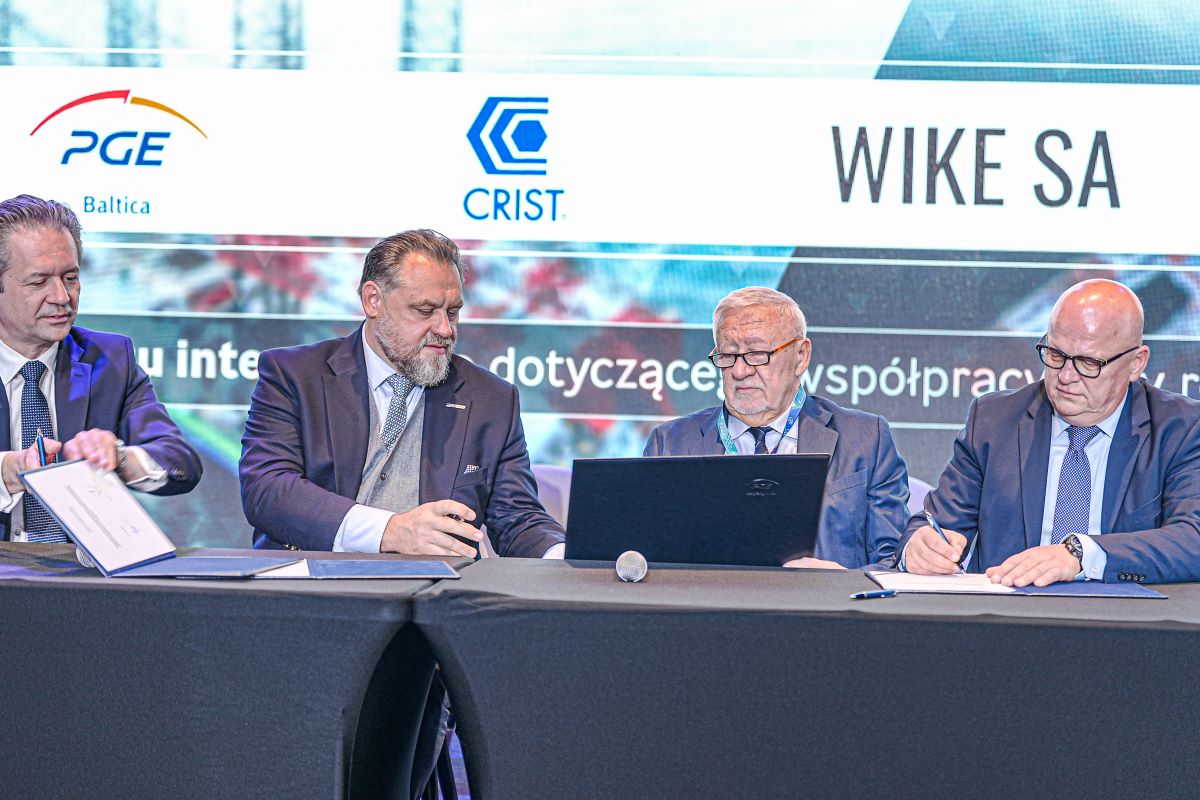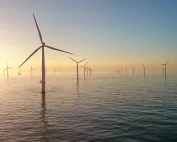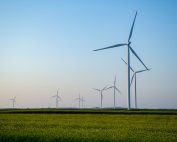Latvia also wants to join the peloton of countries developing offshore wind energy in the Baltic Sea. As it turns out, the country’s potential is large. We ask Andris Vanags, head of the Latvian Wind Energy Association, about the perspectives for the new industry.
LWEA has been the voice of the wind industry in Latvia since 1998, actively promoting wind energy in the country. The wind energy potential in Latvia is significant for both onshore and offshore wind energy sector. Latvia has 78.6 MW of capacity and has not built any new wind farms since 2012, according to WindEurope. Latvia has ambitions to develop offshore wind energy.
Andris Vanags, head of the Latvian Wind Energy Association, said in a commentary to BalticWind.Eu that the Baltic Sea has great offshore wind potential.
“In Latvia alone, 15 GW may be installed until 2050, as estimated in the study on Baltic offshore wind energy cooperation under the BEMIP. However, there are many steps to be taken to unlock this potential. Latvia lacks a national strategy and a thoughtful regulatory framework for offshore wind energy. But the industry would like to emphasize that before we can talk about offshore wind energy, we must also talk about onshore wind energy, which has been standing still for many years, despite excellent wind conditions, grid availability and competitive price” – he said.
Latvia has only 78.6 MW of installed wind capacity – this number has not changed in 10 years – he stressed. But Latvia has a rather ambitious national target of 800 MW until 2030.
“The industry must cooperate with the government to overcome the existing barriers to enable the development of onshore wind energy and offshore wind energy in the next step. No country in the world has developed offshore wind energy before onshore or offshore wind energy only. Latvia must first use the cheapest source of energy – it’s just the economy” – he said.
What are the current plans for offshore wind energy in Latvia? The Latvian Ministry of Economy signed an agreement with the Estonian Ministry of Infrastructure on a joint project of a Latvian and Estonian offshore wind farm to produce energy from renewable sources. The Memorandum of Understanding provides for the promotion of the development of joint offshore wind energy zones between Estonia and Latvia and for the construction of offshore wind farms.
Vanags adds that another Memorandum of Understanding was recently signed between Orsted and Eesti Energia, which sets out a vision to become the leading offshore wind developer in the Baltic States. Orsted is also actively involved in political work, transferring its knowledge and experience in Latvia, also as members of the Latvian Wind Energy Association.
“As mentioned above, it is still a bit early to talk about specific projects as there is no regulatory framework for offshore wind energy, but we can confirm the active interest in developing projects from foreign companies,” – said Vanags.
Latvian local content in offshore wind energy
Vanags explains that Latvian companies are slowly starting to identify opportunities in the offshore wind energy sector. A good example is Aerones, a Latvian company providing robotics solutions for blade inspection, cleaning and repair. They have long focused on onshore wind turbines but have recently taken up the challenge of creating robots that could also run on offshore wind turbines.
“Another great example is the Baltic Offshore Training Center, which specializes in practical training in the field of safety and prepares offshore wind turbine technicians from the Baltic countries and Scandinavia” – said the head of LWEA.
No regulation
BalticWind.EU asked about the biggest challenges for Latvia in the development of offshore wind energy. According to Andris Vanags, the industry sees a non-existent regulatory framework for offshore wind projects as one of the main challenges in Latvia.
– Secondly, we must pay attention to possible resistance from local communities and environmentalists when thinking about future offshore wind energy projects. Military radars should also be mentioned among the 3 biggest challenges. Latvia, and thus the Baltic Sea, is NATO’s external border. The offshore wind energy project will most likely have to go through an extensive permitting process in order to obtain the necessary licenses, Vanags said.
Latvia sees the potential of cooperation in the field of offshore wind energy with other countries in the Baltic Sea region. Latvia and Estonia announced joint offshore wind energy plans. It is possible that Latvia and Lithuania will also cooperate in the future.














